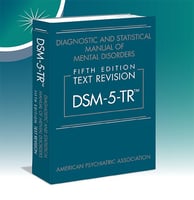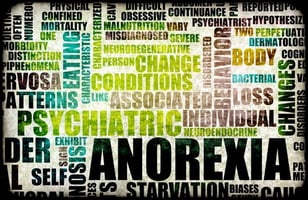Process Open for Submitting Proposals to Update DSM
 |
The portal, which was launched in December 2016, was the first step in a process meant to allow incremental updates as new research evidence accumulates. Instead of engaging in an extremely expensive and time-consuming process that characterized the development of past editions of the diagnostic manual, the DSM Task Force wanted to seize on the opportunity afforded by digital communication by creating a process for changes to be made incrementally, as they become warranted by the weight of new evidence. Since the portal opened late last year, however, proposed revisions have been very few and relatively minor—for example, an editorial correction to the criteria for acute stress disorder and the addition of ICD-10-CM codes for substance use disorder in remission.
Appelbaum said he believes it is most likely that clinicians and researchers are not sufficiently aware that the process exists. "We want to make an effort to spread the word and publicize the existence of this process,” he said.
Visitors to the portal are guided through steps to submit proposals for the following specific kinds of revisions:
- Changes to an existing diagnostic criteria set that would markedly improve its validity.
- Changes to an existing diagnostic criteria set that would markedly improve reliability without an undue reduction in validity.
- Changes to an existing diagnostic criteria set that would markedly improve clinical utility without an undue reduction in validity or reliability.
- Changes to an existing diagnostic criteria set that would substantially reduce deleterious consequences associated with the criteria set without a reduction in validity.
- Addition of a new diagnostic category or specifier.
- Deletion of an existing diagnostic category or specifier/subtype.
- Corrections and clarifications, including changes aimed at improving the understanding and application of an ambiguous diagnostic criterion, specifier, or text.





